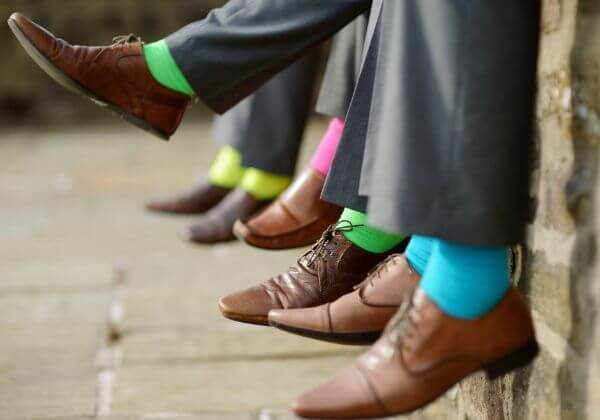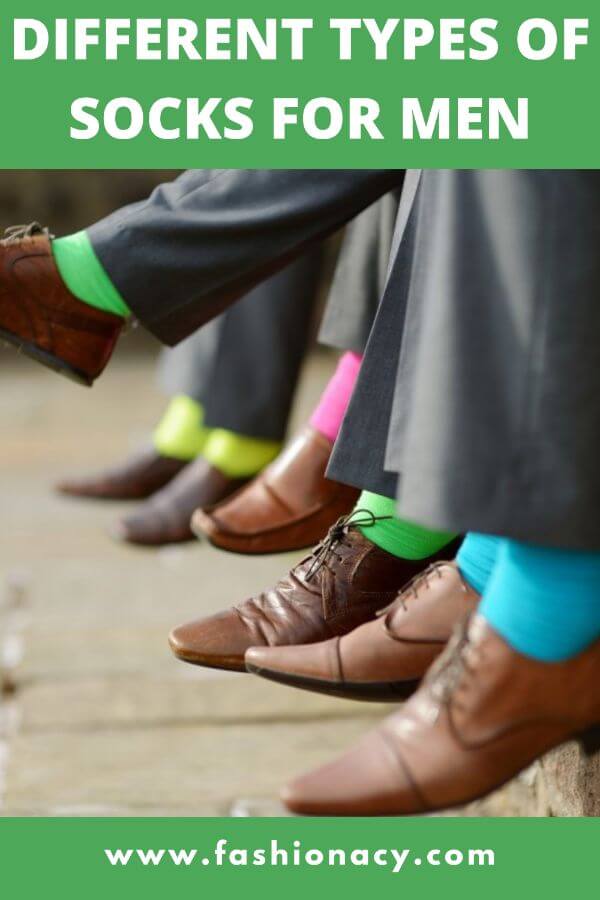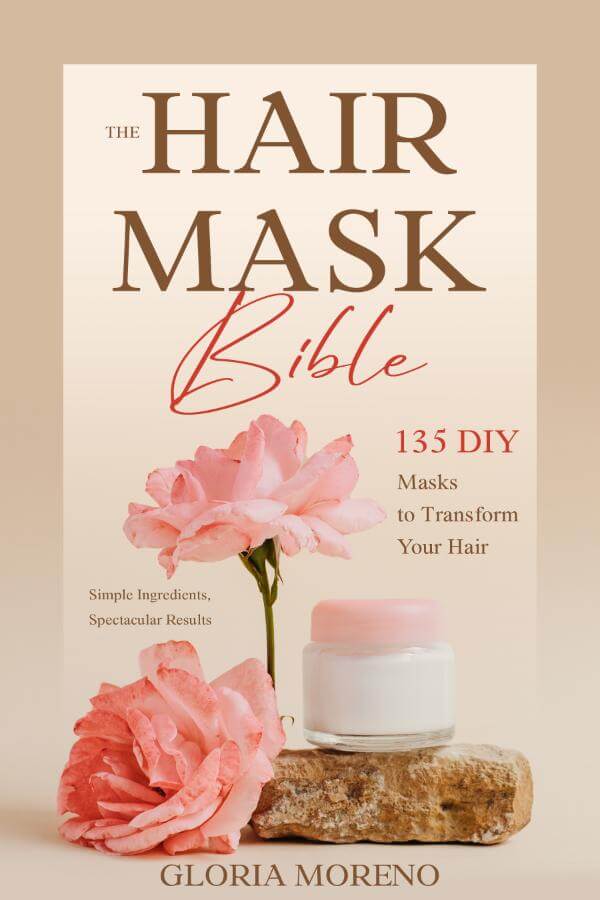
Here I’m talking about different types of socks for men.
Crew socks, over the calf, no show, ankle length, wool, cotton, silk, synthetic, cushion versus no cushion.
There are many different types of socks to pick from. How do you decide which socks to purchase?
What is the ideal sock length, and which types of socks do you wear with certain shoes?
These are the types of questions I’d want to address here.
So, if you have questions regarding socks, you’ve come to the right place. By the end of this article, you’ll have a better notion of what length and type of socks to wear with different shoes and outfits.
Table of Contents
Sock Length
First and foremost, let’s discuss sock length, because the length of a sock pretty much defines the type of sock it is.
There’s more crucial stuff, like the material, which I’ll go through. However, one of the most crucial aspects of a sock is its length.
So, starting with the shortest sock, let’s talk about sock length.
Cloth Insoles
First we have cloth insoles.
Although these aren’t really socks, they do provide a barrier between your foot and your shoes, therefore they’re included in this article.
These aren’t the kind of insoles you’d find in a store like Dr. Scholl’s, which are designed to provide comfort and a better stance. If you’re not going to wear a sock, these are just cotton or other natural fiber insoles that you put into your shoe.
They do need to be cleaned in between uses, just like any other sock, and their purpose is to prevent moisture, absorb moisture, and help prevent odor.
These cloth inserts are recommended by certain people. For what it’s worth, I find no-show socks to be much more comfortable than these inserts because they tend to bunch up when I walk, and I haven’t found a type that works well for me. If you don’t like no-show socks, though, these liners are worth a try.
No Show Socks
Following that, we have no show socks. Low-profile socks are also known as invisible socks or loafer socks, but most people just refer to them as no shows.
These socks, unlike ankle or crew socks, are supposed to be invisible. Some brands do a better job of creating an invisible, no-show sock than others.
These are designed to be worn with low-top sneakers, as well as boat shoes, moccasins, and driving mocks, or anything else when you want to look barefoot but don’t want to be barefoot.
They’re ideal for the summer, especially if you’re wearing shorts, cropped trousers, or cuffed chinos with a no-break look and want to show off your ankle. That’s exactly what they’re made for.
I wear no show socks all summer. I always have these on. They’re fantastic. I have a collection of different pairs in my drawer that I swear by.
If you don’t have any, I strongly advise you to get some.
That being said, I believe the sockless aesthetic has gone too far. I’ve seen a lot of photo shoots where the model is dressed up with a complete suit and tie, double mocks with no socks, or black Oxfords with no socks.
That strikes me as a little insane. I think you should wear socks if you’re dressing up like that or wearing really formal shoes. No-show socks, in my opinion, are ideal for more casual appearances.
Ankle Socks
Next, we have ankle socks, which are a little bit taller.
These are longer or taller than no shows, but shorter than crew length socks. Ankle socks aren’t designed to be invisible, and they’re normally designated for sports. Ankle-length socks are common in running socks. They’re ideal for hiking or running.
But I wouldn’t wear these outside of sports or other similar activities, because if you’re going to wear shorts and sneakers, for example, a no-show sock will always look better than an ankle-length sock.
The Quarter Length Socks
The quarter length sock, sometimes known as the short crew, is next.
I’ve seen these referred to by a variety of names, but they’re simply a crew length sock that’s higher than an ankle sock but shorter than a typical crew length sock. It’s the equivalent of a half or quarter crew.
The majority of these are approximately six inches tall. They end to a point just above the ankle but below the mid-calf.
When I’m hiking, I prefer this length of sock. This is a nice length if I’m wearing a hiking shoe that isn’t a low top, or if you’re wearing any type of high top.
If you’re wearing a sneaker and these quarter-length crew length socks, I don’t believe it looks very well. It’ll come across as a little ridiculous.
When I’m hiking, I really enjoy them. They’re quite comfortable and practical because they support your ankle while also protecting it from being scraped by plants or bug bites.
The Crew Sock
Following that is the crew sock, which is the most popular sock length.
Crew length socks are what most people think of when they think of socks.
They come in a variety of fabrics, colors, and patterns, and they go up to the mid to upper calf, but they don’t go over your calf. Crew socks come in a variety of socks, including dressy and casual.
The normal crew sock is probably comprised entirely of cotton.
Crew socks have one major disadvantage: if they’re not the right size, they’ll fall down your calf throughout the day, which is extremely inconvenient.
I recommend looking for crew socks in a variety of sizes. I always look for a small, but if you have larger feet, a larger size crew sock will suffice. Otherwise, it would most likely fall down your calf all day.
However, this is an excellent length for socks. If you’re wearing jeans, chinos, and crew socks on a regular basis for business or smart casual, crew socks are certainly the way to go.
Over The Calf Socks
Last but not least, we have over-the-calf socks, sometimes known as OTC socks.
These are more formal than the dressier lengths. They cover your entire calf and end just below the knee. They won’t fall down because they grip your calf right above the knee. They aren’t going to fall down all day.
You can find this length of sock in every different material, from really fine wool to just regular cotton.
Over the calf socks come in a variety of materials, including silk and cashmere, although they are generally dressier.
If I’m wearing a suit or any type of pant, I’ll almost certainly wear over-the-calf socks. If you’re wearing boots, they’re also excellent to wear in the winter since they keep your legs a little warmer.
Socks With Cushion
Nowadays, you can get a little cushion incorporated into your socks. Some guys adore it, while others despise it.
If I’m running or hiking, or if I’m wearing socks with boots, I like a little bit of cushion because it adds a little bit of padding to my feet.
If your shoes are a little too wide, or if you have a pair of boots that are a little too loose, you can acquire a sock with a lot of cushion, which will fill in the gap between your foot and the shoe.
However, if you have a tight shoe, you should avoid buying cushioned socks because they will not help. You want a sock that is really thin and does not make your shoe any tighter.
Different Types of Fabrics
Now I’ll go over the different types of fabrics that can be used in socks.
Cotton
To begin, the most widely used material is cotton. It’s soft, yet strong, and it retains heat. It stretches easily. Pima cotton has the potential to be both high-quality and comfortable.
Cotton, on the other hand, isn’t the most high-end material for socks. Cotton socks go well with both casual and elegant attire.
Wool
Then there’s wool. Wool resists wrinkles, is elastic, but also durable, returns to its original shape, and absorbs moisture and odor.
Wool socks are the best option. They’re more expensive than cotton, but they have incredible natural characteristics.
Bamboo Rayon
Bamboo rayon is the next material we’ll look at. When you see rayon, you can almost always be sure it’s bamboo rayon. Bamboo rayon is what bamboo socks look like.
This is a smooth, breathable fabric. It’s hypoallergenic, antibacterial, and made entirely of natural ingredients. It lasts longer than cotton.
Bamboo is also one of the world’s fastest-growing plants. As a result, using it as a resource is more sustainable.
Modal
Modal is another popular material. Modal is a strong and stable fiber that is soft like cotton but tougher.
Socks made of modal, particularly micro modal, are quite popular. It’s a rayon fiber. It’s often made from beech trees and is extremely soft. Although it is more expensive, it outperforms cotton in many respects. Definitely a higher-end material.
Silk
Silk socks are available. Silk is an extremely strong natural fiber. It’s light and supple, but it’s sweat-resistant. As a result, it’s not ideal for the heat.
Alpaca Wool
Alpaca wool socks are also available. Alpaca wool is even better than regular wool in terms of weight, softness, and water resistance. It’s also extremely insulating.
It will be warmer than wool from normal sheep or lambs.
I only own one pair of alpaca socks, which are the warmest socks I own. If it’s really chilly outside and I’m wearing my winter boots, I’ll put on these alpaca socks for added warmth and comfort.
Cashmere
Cashmere socks are also available. Cashmere socks are exceptionally soft, light, and naturally insulating, similar to alpaca.
It isn’t for everyone, but if you have the funds, your feet will thank you.
Polyester
Also, if you ever encounter a pair of socks made entirely of polyester, it’s probably not a good idea. Polyester is a completely synthetic material. It has the advantage of retaining dye.
If you prefer a brightly colored sock, polyester will keep its vibrant color after many washings, whereas cotton will fade.
Polyester dries rapidly as well, but it is not breathable, and it is a petroleum-based synthetic material. It’s entirely man-made, and it’s not the most environmentally friendly material.
So, if you’re concerned about it, you might want to steer away from polyester.
There are many mixtures, such as cotton-poly blends, that are really comfortable and function admirably. I’d just steer clear of 100 percent poly.
I hope this article has assisted you in determining which types of socks are appropriate for certain occasions.



